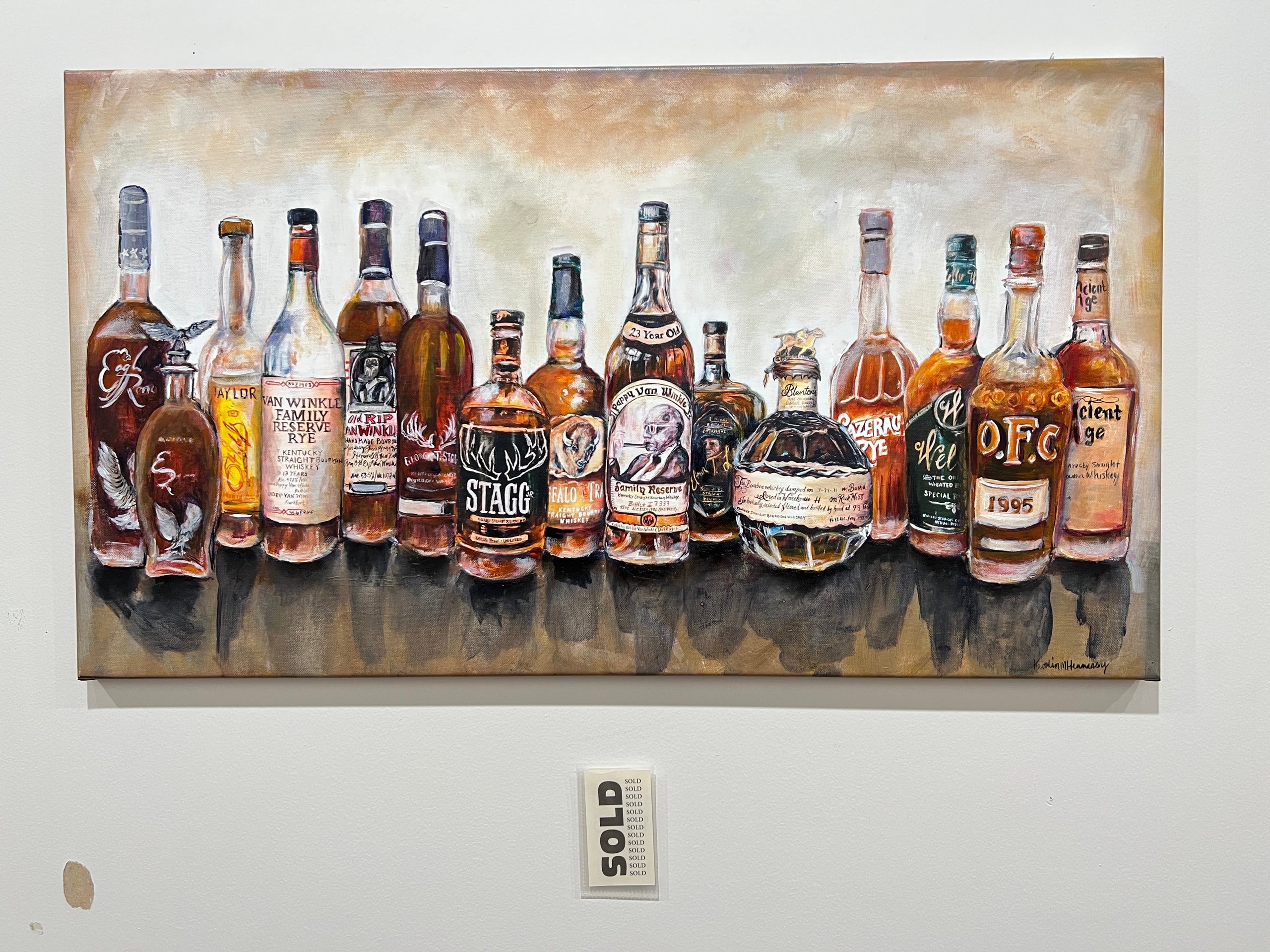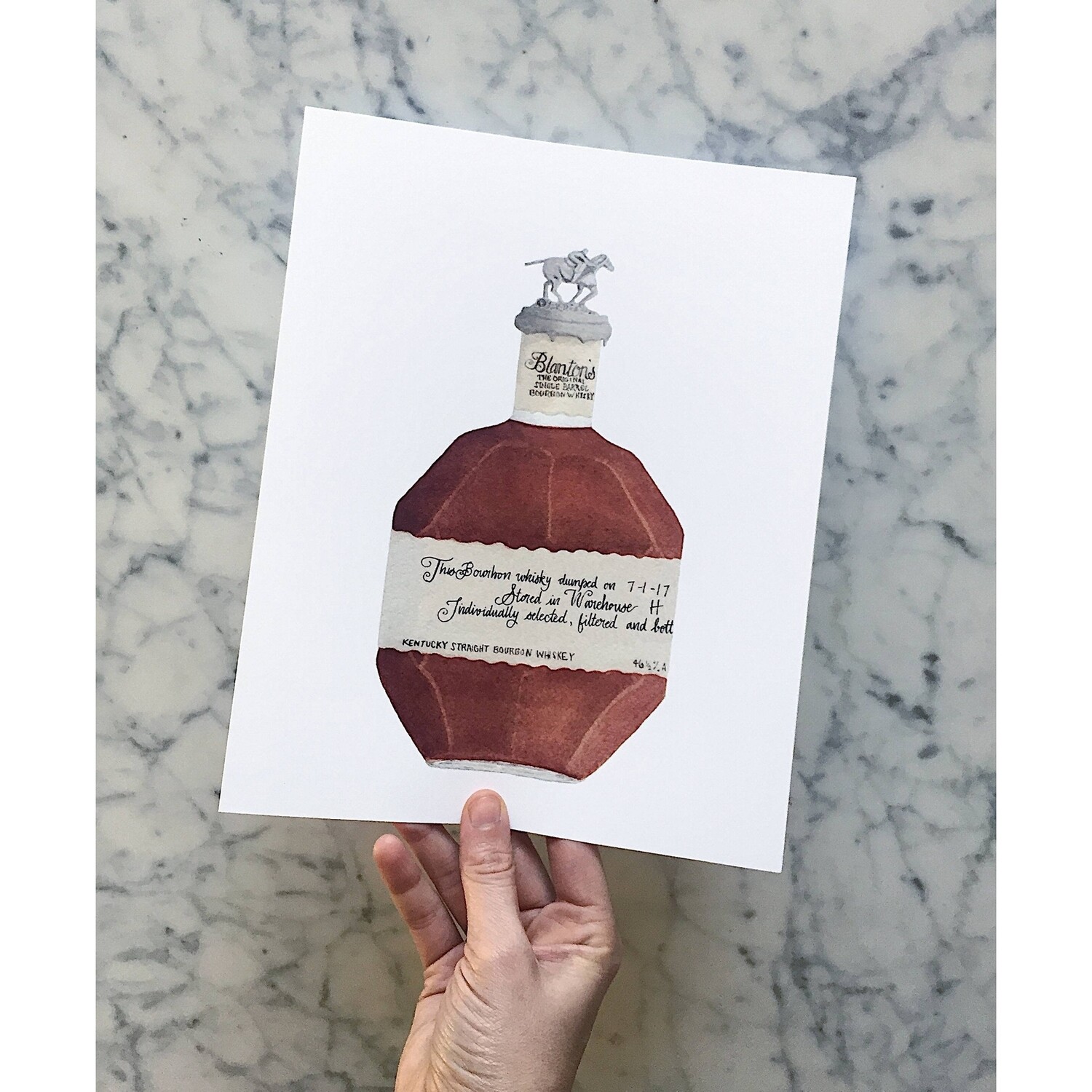Limited Edition Bourbon Art: Why Collectors Are Crowding to Unique Finds
Wiki Article
The Value of Whiskey Art in Celebrating Heritage and Workmanship in the Beverage Sector
The elaborate connection between scotch art and the event of heritage and workmanship within the beverage market can not be overemphasized. Via attentively made tags and bottles, bourbon brand names encapsulate their historic roots and the artisanal abilities that specify their manufacturing methods. This imaginative dimension not only enhances market charm yet likewise acts as a channel for social storytelling, cultivating a deeper link in between the consumer and the craft. As we check out the different aspects of this topic, fascinating inquiries concerning the impact of contemporary patterns on standard techniques arise, prompting more examination.The Historical Roots of Whiskey
At the heart of whiskey's appeal lies a rich tapestry of historic origins that trace back to ancient worlds. The beginnings of scotch can be linked to the purification methods of the Sumerians and Babylonians around 2000 BCE, where very early types of fermented grain drinks started to arise. However, it remained in the Middle Ages that the art of distillation evolved dramatically, specifically in Ireland and Scotland, bring about the creation of scotch as we recognize it today.
The term "whiskey" itself originates from the Gaelic word "uisce beatha," indicating "water of life." This expression underscores the cultural relevance of scotch in Celtic cultures, where it was commonly connected with routines, celebrations, and common bonding. By the 15th century, purification ended up being an acknowledged craft within monastic communities, leading the way for the facility of legal distilleries.
As profession courses increased, whiskey's appeal expanded, going beyond regional borders and catching the interest of connoisseurs worldwide. Bourbon Art. This historical trip shows not only the workmanship behind bourbon production however additionally its essential function in social and cultural contexts, marking it as a considerable beverage throughout background
Artistic Expression in Branding
Whiskey branding stands as an engaging crossway of artistry and commerce, where aesthetic identity plays an important duty in forming customer perception. The visual appeals of scotch labels, packaging, and advertising products show not just the brand's tale however additionally its core values and heritage. With imaginative expression, distilleries communicate a narrative that resonates with consumers, stimulating emotions and sparking links.Using color, typography, and images in branding offers to set apart products in a saturated market. Conventional motifs may evoke a sense of credibility and workmanship, while contemporary designs can indicate technology and forward-thinking. This calculated artistic instructions improves brand acknowledgment and loyalty, permitting customers to build a personal relationship with the bourbon they choose.
Furthermore, imaginative expression in branding typically works as a celebration of regional heritage. Distilleries frequently incorporate local signs or historic referrals right into their designs, producing a local color that welcomes customers to participate in a wider cultural experience. Inevitably, the artistry behind bourbon branding not only enhances aesthetic allure but additionally enriches the overall story of the brand name, cultivating a deeper recognition for the craftsmanship and heritage embedded in each container.
Workmanship in Container Design
The artistry obvious in bourbon branding prolongs beyond aesthetic identity to include the craftsmanship included in container design. Each bottle offers as a vessel not just for the spirit within, yet likewise for the tale it outlines its high quality, beginning, and practice. The layout procedure requires thorough interest to information, as elements such as closure, shape, and product contribute significantly to the general understanding of the whiskey.Craftsmanship in container style entails selecting high-grade glass that can improve the whiskey's color and clearness, while additionally giving a tactile experience for the consumer. The silhouette of the bottle have to be both practical and cosmetically attractive, commonly showing the heritage of the brand. Several distilleries select special shapes or printed logos that evoke a sense of authenticity and history.
Furthermore, the tag design and typography play a crucial duty in connecting the brand's narrative. Realism Art. A well-crafted bottle not only astounds the customer's eye however likewise reinforces the brand's commitment to top quality and tradition. By doing this, the craftsmanship of container design becomes a vital element of the scotch experience, combining virtuosity with a profound regard for heritage
Social Importance of Bourbon Art
Commemorating tradition and workmanship, the social relevance of whiskey art transcends simple looks, linking with the social and historical stories of the regions where it originates. Each bottle acts as a canvas, illustrating the distinct tales, folklore, and traditions that have formed regional whiskey-making methods. The complex styles typically mirror the heritage of the distillers, integrating symbols and motifs that resonate with the society and worths of their areas.
On top of that, whiskey art plays an essential role in communal events and celebrations, working as a tangible web link in between individuals and their shared experiences. By appreciating the artistry in scotch product packaging, customers cultivate a deeper understanding and respect for the craft, eventually enriching their pleasure of the beverage itself.
Modern Trends in Bourbon Presentation
In the last few years, the presentation of whiskey has actually developed to mirror contemporary tastes and trends while still honoring typical workmanship - Realism Art. Distilleries are significantly concentrating on aesthetic aspects that enhance the total drinking experience, linking the void between heritage and modernityIngenious bottle styles have actually emerged, typically integrating lasting products and imaginative labels that tell compelling stories. Numerous brands currently team up with neighborhood musicians, infusing their products with distinct visual expressions that reverberate with consumers. Furthermore, limited-edition launches are usually packaged in collectible containers, including value and charm for connoisseurs.

Verdict
To conclude, scotch art works as an important avenue for sharing the heritage Whiskey Art and craftsmanship fundamental in the drink sector. Via intricate branding, ingenious container layouts, and culturally substantial imaginative components, whiskey brands efficiently honor their customs and link with customers. This imaginative story not just boosts the appreciation of whiskey but also enhances neighborhood identification and pride among manufacturers. Ultimately, whiskey art plays a vital function in preserving and celebrating the rich cultural tapestry of whiskey-making.

Workmanship in bottle design involves picking high-quality glass that can boost the scotch's color and clarity, while additionally supplying a tactile experience for the consumer. In this means, the workmanship of bottle layout ends up being an important aspect of the bourbon experience, merging artistry with an extensive respect for heritage.
In conclusion, bourbon art serves as a vital channel for expressing the heritage and workmanship intrinsic in the beverage sector.
Report this wiki page